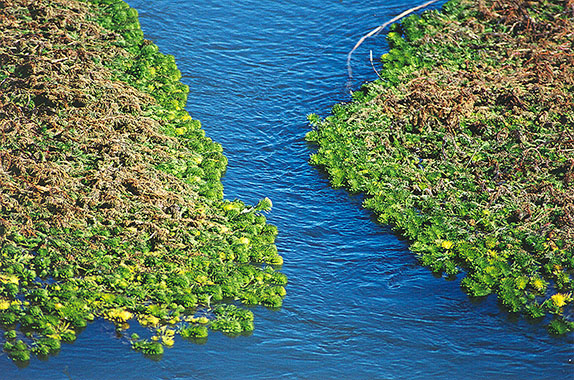
The old adage, “Man does not live by bread alone,” by which those who coined it meant that humans can’t survive only by slaving for the necessities but also need spiritual sustenance, has haunted me of late. I once had a friend whose mother admonished her to take care of the luxuries and the necessities will take care of themselves.
Same difference.
What engenders these ruminations is the large number of articles and essays on our endangered water resources, some of them in The New Mexico Mercury. These texts have been important, explaining in no uncertain terms what a waterless future may look like. Of course it’s almost impossible for us to contemplate a future without any water at all; we know we would not be around to experience it. But even a future in which water is severely rationed, is frightening. Tragically, in New Mexico and throughout the US American Southwest, in the midst of our current drought it becomes easier and easier to imagine.
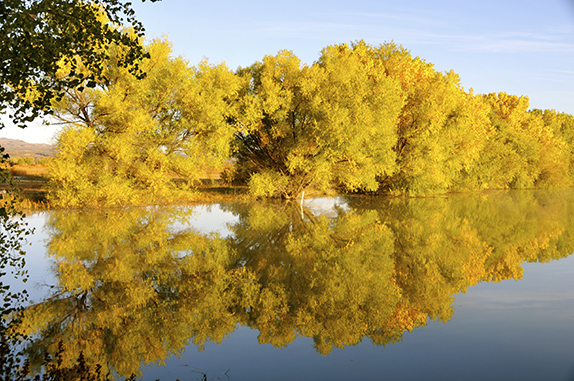
Global warming is no longer a theory; it is upon us in all its terrifying fury. Climate change, with its dramatic temperature shifts, rationing, melting glaciers, rising seas, and dying species, attacks us from all sides, often in unexpected ways. Globally, it seems likely we will be fighting water wars while still engaged in armed conflicts over oil.
I’m no hydraulic engineer, soil expert, or water economist, so I’ll leave the research and documentation to those who are. It is as a poet that I find I have something to say about what water means to us in spiritual terms. Even in our super dry state, we have beautiful lakes, seasonal waterfalls, and mighty rivers. Anyone who has ever kayaked The Box knows it is a special adventure. The Río Grande, running north to south through our state, ends up dividing the US from Mexico. A whole culture boils along that border, fed by politics and deceit, violence and subterfuge, courage and hope. The great river is the subject of myth and complex reality.
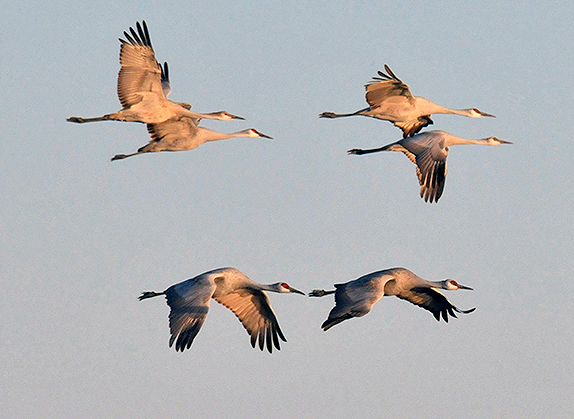
If we want to enjoy some of the unexpected delights water has to offer, though, we need travel no further than the Bosque del Apache National Wildlife Refuge, less than an hour and a half south of Albuquerque. The US Fish and Wildlife Service, in concert with many devoted volunteers, maintains this marvelous 57,331-acre refuge at the northern edge of the great Chihuahua desert and straddling the Río Grande valley in Socorro County.
Two driving loops—the Marsh and Farm—lead to platforms, blinds, and additional trails. A visitor center, open Monday through Friday from 7:30 to 4 and weekends from 8 to 4, keeps count of visiting birds and other animals. It also offers related books, art objects, and daily tours 1 hour before sunrise and 1 hour after sunset. A lively Festival of the Cranes happens each November, and has become a regional event, complete with educational outreach, local foods, and links to organizations one may join in order to help protect the environment and its creatures.
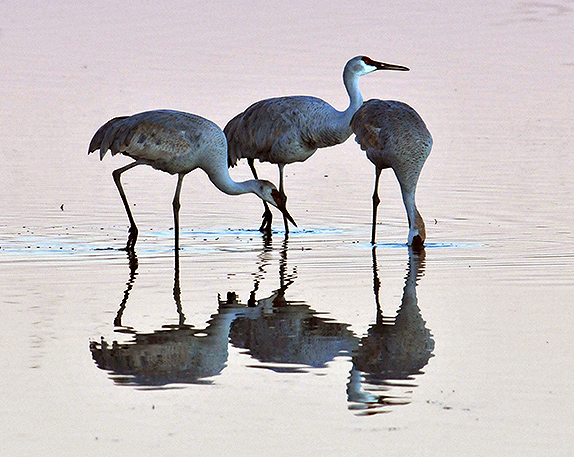
All this requires water. Bosque del Apache receives approximately 8 inches of precipitation each year. To be able to provide the necessary food, water, shelter and space for the wildlife that makes the Bosque its home or migrates through it, cooperation is needed from a variety of sources. Area farmers plant alfalfa and corn, harvesting the alfalfa and leaving the corn for birds and mammals. Wheat, clover, and native plants provide additional food. Research projects contribute to the ongoing management of this delightful public resource.
Many of the water management activities on the refuge imitate the ebb and flow of the Río Grande before the river was channeled. Water levels are manipulated in order to create moist fields that promote the growth of native marsh plants. Marsh management is rotated so that varied habitats are always available. Many of the cottonwoods and willows that once lined the Río Grande have been lost to human development. In their place, salt cedar, an exotic plant introduced for erosion control, has taken over vast areas. These invaders must constantly be cleared to restore the original vegetation that is so much more productive for the birds and animals that make Bosque del Apache their temporary or permanent home.
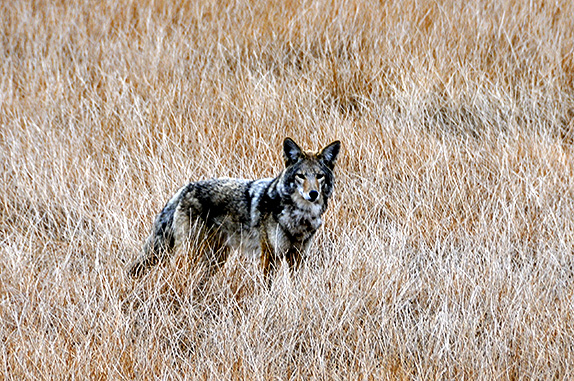
This ongoing effort makes it possible for us, and for people from all over the country and the world, to visit Bosque del Apache and view the tens of thousands of Sand Hill cranes, Snow and Ross geese, Bald and Golden eagles, Great Blue Herons, Avocets, several types of hawks, and many other birds that gather here each fall and stay through the winter. The cranes arrive in November and sometimes remain through late February. I remember ten or fifteen years ago seeing the last of the great Whooping cranes, fewer each season until there were no more. One may also see Mule deer and families of Coyotes. Visiting in the early morning or late evening, when the “fly ins” and “fly outs” take place, can be a primordial experience. The great lift and whoosh of wings leaves one breathless with wonder.
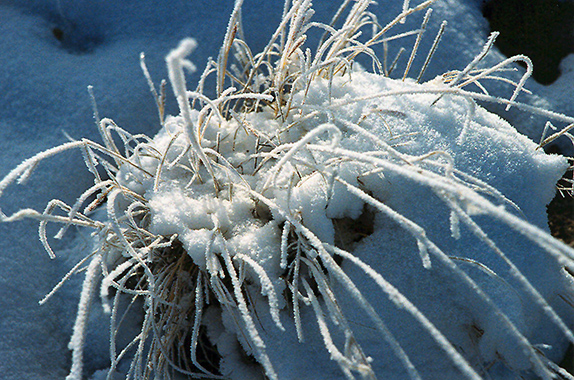
We definitely need to care for our water. We need it to drink, bathe, and grow our food. We need it in every industry. We also need it to nourish our spirit.
Uncontrolled development, waste, fountains, grass, and golf courses aren’t really good in desert environments, where every drop is precious and an overheating climate threatens everything about the way we live. Neither is any of this good for those species that give us so much pleasure.





Responses to “By Water Alone”